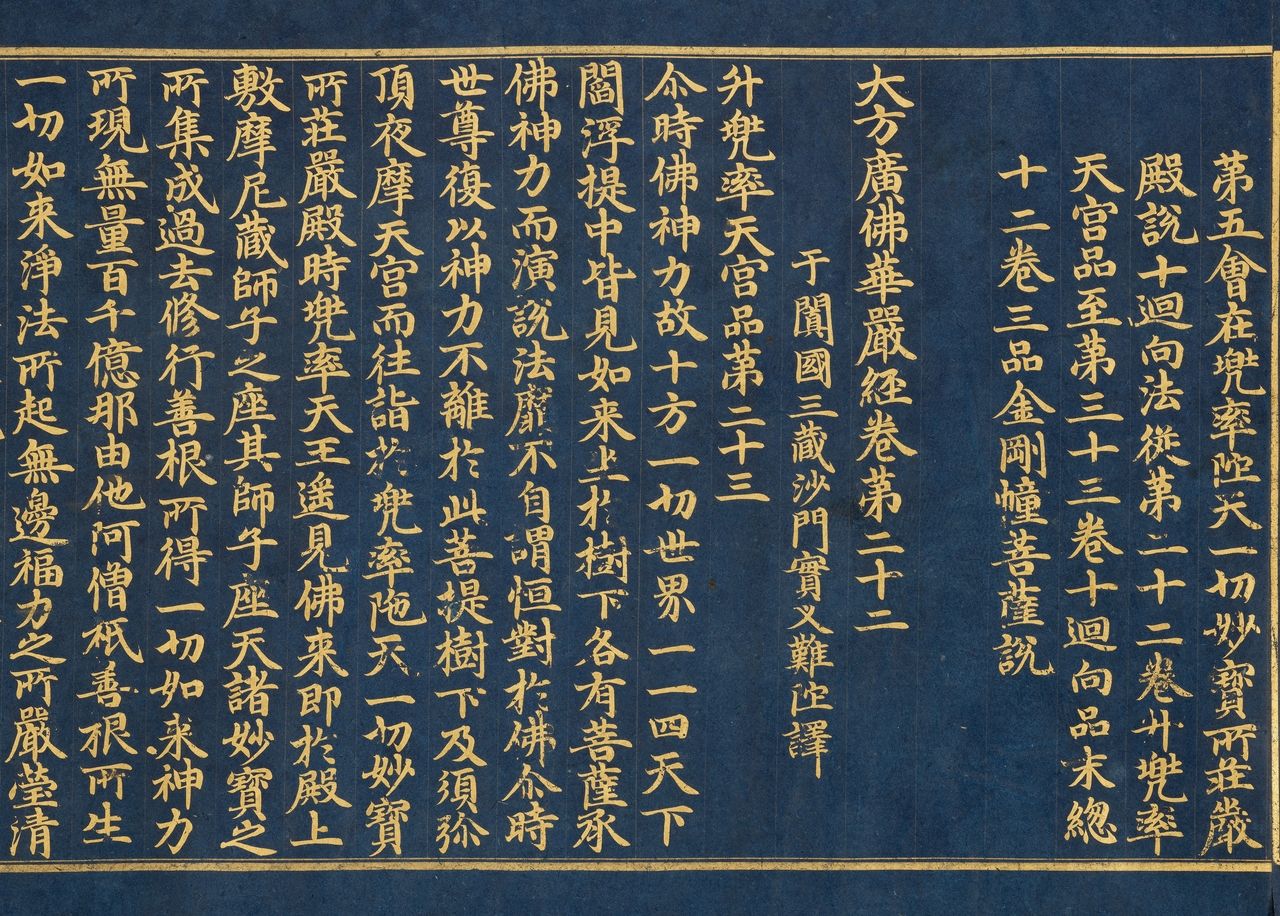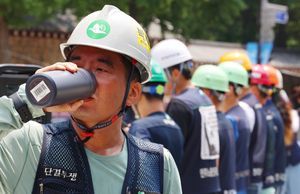Ancient Buddhist Treasures Return to Korea Just in Time for Liberation Anniversary
koreaherald Views
 A Buddhist scripture from the Goryeo Kingdom (918-1392) and a rare Buddhist painting from the early Joseon era (1392-1910) have made their way back to South Korea from Japan, according to a joint announcement by the Korea Heritage Service and the Overseas Korean Cultural Heritage Foundation on Tuesday.
A Buddhist scripture from the Goryeo Kingdom (918-1392) and a rare Buddhist painting from the early Joseon era (1392-1910) have made their way back to South Korea from Japan, according to a joint announcement by the Korea Heritage Service and the Overseas Korean Cultural Heritage Foundation on Tuesday.
South Korea gained its independence from 35 years of Japanese colonial rule on August 15, 1945.
The centerpiece of Tuesday’s unveiling was a meticulously handcrafted transcription of the Zhou version of the Avatamsaka Sutra, also known as the Flower Garland Sutra, Volume 22. This remarkable manuscript was created using a special ink made from gold powder mixed with glue, carefully applied to indigo paper.
This handwritten Buddhist scripture is a copy of the Avatamsaka Sutra, one of the most revered texts in Hwaeom Buddhism, a major school of thought in East Asian Buddhism. It was successfully repatriated from Japan in April.
The manuscript includes a written prayer revealing its rich history. It states that Jeongdokmandara, a Korean from the Goryeo Kingdom who traveled to Yuan Dynasty China during King Chungryeol’s reign and became a eunuch there, completed the transcription of 81 volumes of the Avatamsaka Sutra in 1334. This monumental task was undertaken as an expression of deep gratitude to his parents and the emperor for their kindness.
When fully unrolled, this impressive artifact measures 10.9 meters in length. Its cover is a work of art in itself, adorned with five lotus flowers intricately painted in gold and silver, surrounded by an elaborate vine pattern.
Another noteworthy repatriated artifact showcased on Tuesday was a set of silk paintings depicting the Ten Underworld Kings, created during the early Joseon era. This collection made its way back to South Korea in November of last year.![The Ten Underworld Kings painting set (Korea Heritage Service)]](https://contents-cdn.viewus.co.kr/image/2025/07/CP-2023-0309/30472745_1.jpg) These captivating paintings portray the ten kings of the underworld, who are believed to pass judgment on the sins committed by the deceased during their lifetimes. The set comprises ten hanging scrolls, each vividly depicting one of the ten kings alongside a scene from hell, starkly contrasting divine authority with mortal suffering.
These captivating paintings portray the ten kings of the underworld, who are believed to pass judgment on the sins committed by the deceased during their lifetimes. The set comprises ten hanging scrolls, each vividly depicting one of the ten kings alongside a scene from hell, starkly contrasting divine authority with mortal suffering.









Most Commented